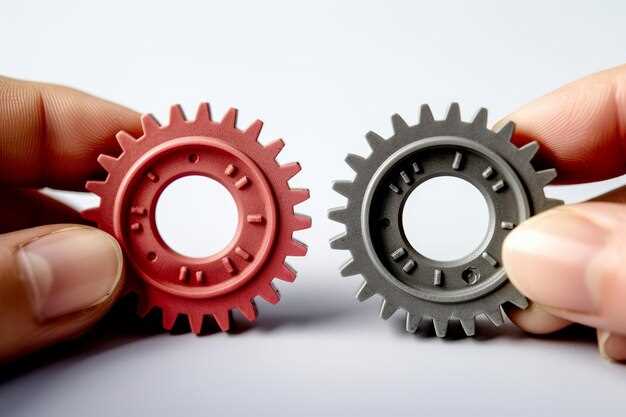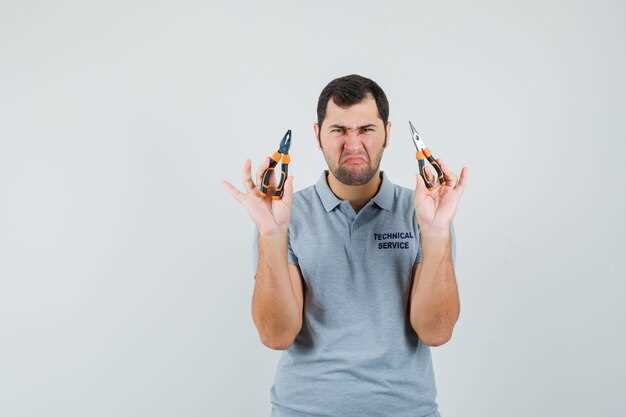
When it comes to maintaining or repairing your vehicle, one of the most significant decisions you’ll face is whether to opt for new or used parts. Each option has its advantages and disadvantages, making a careful comparison essential to ensure that you make the best choice for your specific situation. Understanding the implications of both choices can help you save money while keeping your vehicle in optimal condition.
On one hand, new parts often come with the advantage of reliability and warranty coverage, which can provide peace of mind for car owners. However, they also tend to be more expensive, which may not be feasible for everyone, particularly those on a tight budget. Conversely, used parts can be an economical solution that offers significant cost savings. However, they carry risks such as potential wear and tear and limited availability of warranties.
By closely weighing the pros and cons of used and new parts, one can make an informed decision that aligns with both their financial constraints and performance expectations. This article will delve deeper into the factors that should guide your decision-making process, providing insights into how to select the most appropriate parts for your needs.
Cost Comparison: New vs. Used Auto Parts

When it comes to auto repairs, one of the primary considerations is the cost of parts. New auto parts typically come with a higher price tag due to their pristine condition and warranty coverage. However, for many car owners, the savings associated with opting for used auto parts can be substantial.
New parts offer reliability and peace of mind, as they have not been subjected to wear and tear. They often include manufacturer guarantees, ensuring that if any issues arise, the buyer can seek replacements or repairs without additional costs. However, this assurance comes at a premium.
On the other hand, used auto parts present a cost-effective alternative. They can be significantly cheaper–sometimes up to 50% less than the new counterparts. Purchased from salvage yards or online marketplaces, these parts can help keep repair costs manageable, especially for older vehicles where new parts may no longer be available or practical.
Nevertheless, there are risks involved when choosing used parts. Quality can vary greatly, and without proper inspection, you might end up with components that are close to failing. It’s crucial to ensure that used parts are sourced from reputable suppliers and ideally come with some form of limited warranty. This balance between cost savings and potential risks must be carefully evaluated before making a decision.
In summary, while new auto parts provide a level of assurance regarding performance, used auto parts can offer significant savings that can benefit budget-conscious consumers. Evaluating the specific needs of your vehicle, alongside your financial considerations, will guide you in making the most prudent choice.
Quality Assessment: Factors Influencing Used Parts Reliability

When considering the reliability of used auto parts, several key factors must be evaluated to ensure a sound comparison with new parts. One of the primary considerations is the age and condition of the used component. The wear and tear on any part can significantly affect its performance and longevity. Parts that have been properly maintained and show minimal signs of deterioration are generally more reliable.
Another factor to assess is the source of the used auto parts. Reputable salvage yards or certified resellers often perform rigorous inspections and quality checks before selling their items. Parts obtained from such trusted sources are more likely to provide dependable performance compared to those from questionable suppliers. Always verify the seller’s reputation by reading reviews and seeking recommendations.
The type of part also plays a crucial role in its reliability. Components such as engines and transmissions are more complex and may require a thorough history check, while simpler parts like mirrors or bumpers could prove to be more dependable. Additionally, some car models may have a higher failure rate for certain parts, influencing the decision on whether to choose a used or new option.
Lastly, warranty offerings on used parts can provide peace of mind regarding their reliability. A seller that offers a warranty is likely confident in the quality of their products, and this can serve as an essential factor in the decision-making process. In summary, a comprehensive evaluation of the part’s condition, source, type, and warranty can lead to informed decisions when comparing used and new auto parts.
Availability and Sourcing: Where to Find the Best Deals
When it comes to sourcing parts, both new and used options have their merits. The availability of used parts can often provide a more economical solution, especially for older vehicles or appliances. Many individuals find themselves in a dilemma when comparing the costs and availability of these parts. Understanding where to look can enhance your chances of finding the best deals.
Online Marketplaces: Websites such as eBay, Craigslist, and specialized automotive platforms are treasure troves for used parts. Sellers often offer components at significantly reduced prices compared to retail. However, it’s crucial to verify the condition of the parts and the seller’s credibility before making a purchase.
Salvage Yards: Local salvage or junkyards are a great place to explore when on the hunt for used parts. These facilities typically have a wide range of items available, allowing for hands-on inspection before buying. Moreover, negotiating prices at salvage yards can lead to even better deals.
Social Media and Forums: Engaging with communities on platforms like Facebook Marketplace or automotive forums can yield potential savings. Many enthusiasts sell used parts at reasonable prices while also providing insights into their condition. This can lead to better buying decisions based on direct feedback from previous owners.
Recycling Centers: Some communities have recycling centers that specialize in salvaging parts from discarded vehicles and machinery. They often sell used parts at low prices, contributing to sustainable practices while offering consumers significant savings.
In contrast, new parts are generally available through various suppliers and authorized dealerships. However, the cost might outweigh the benefits for certain projects. Ultimately, the choice between used and new parts depends on your specific needs, budget, and the availability of resources.
